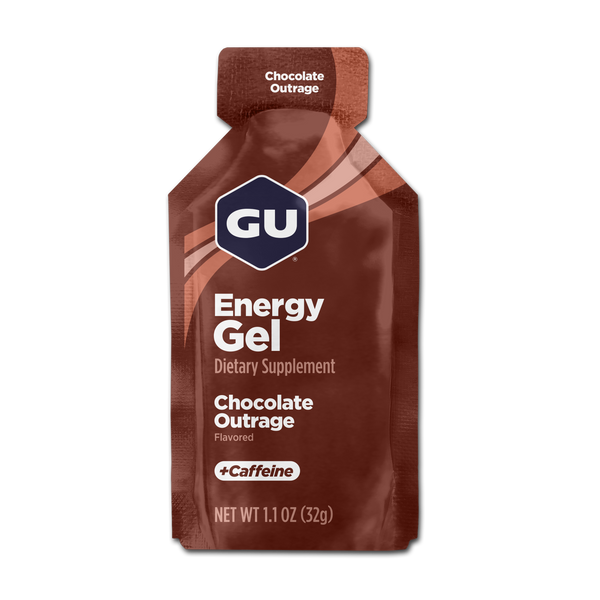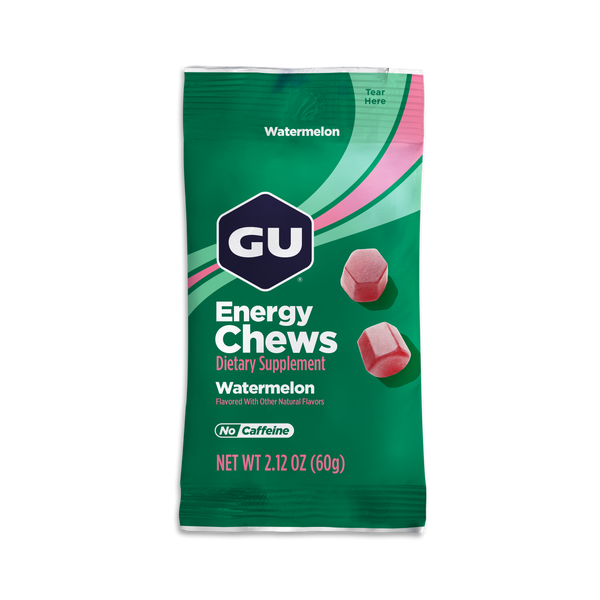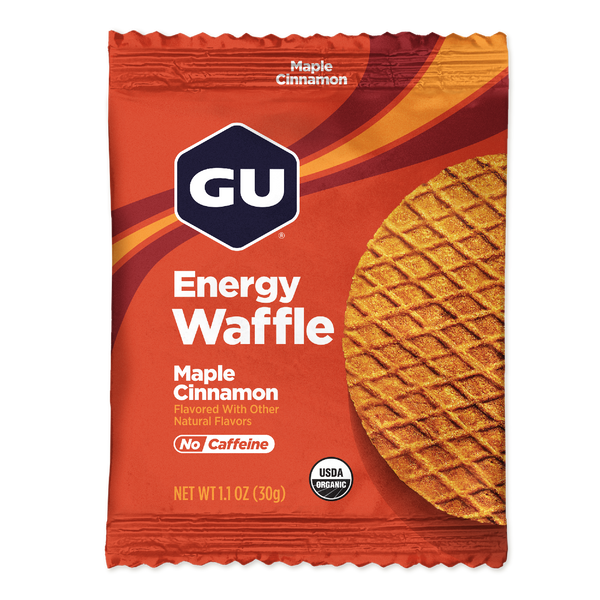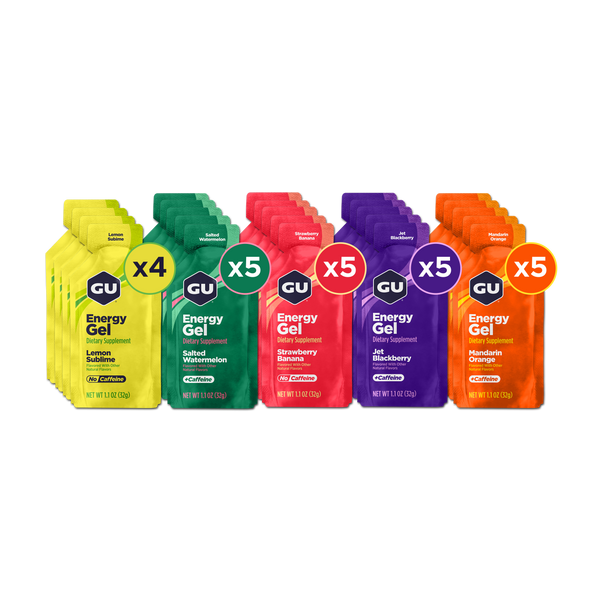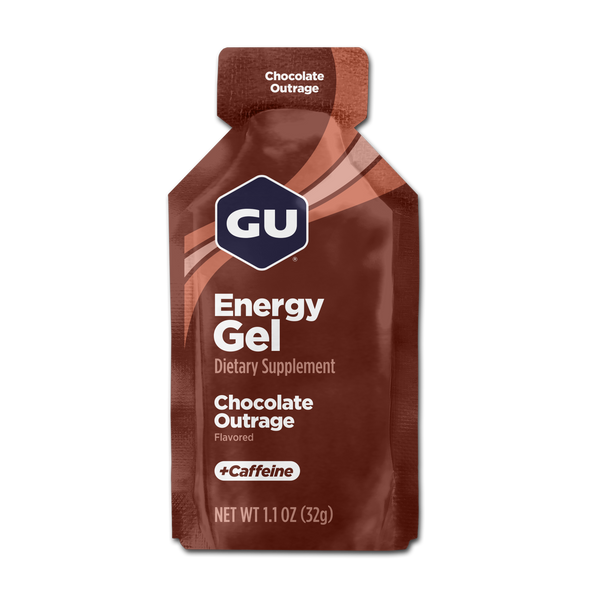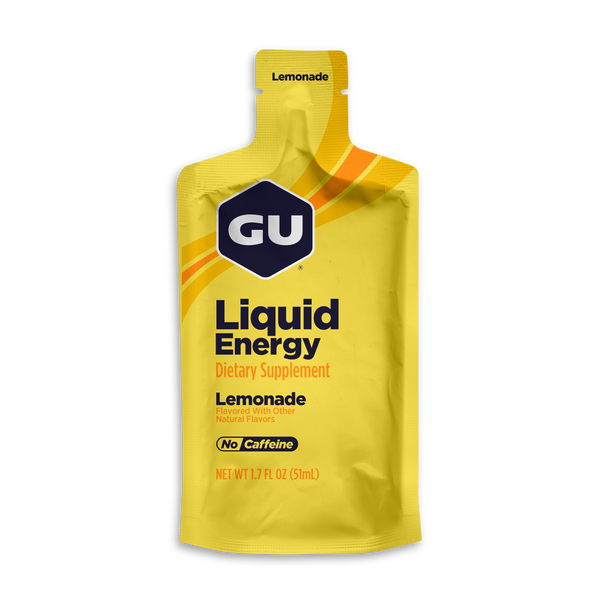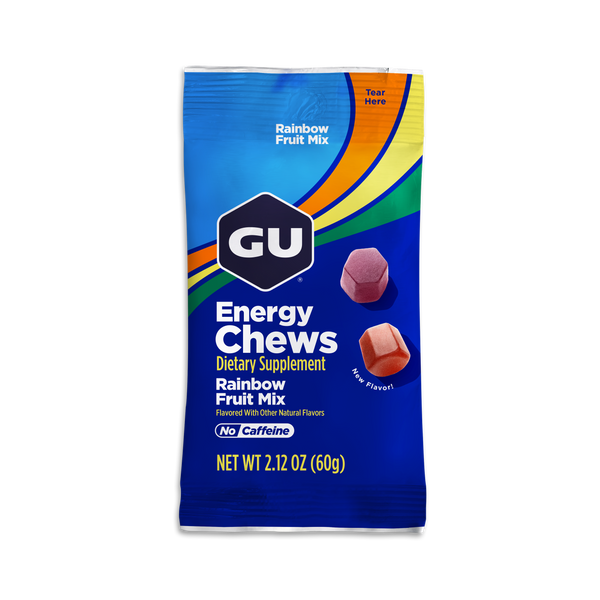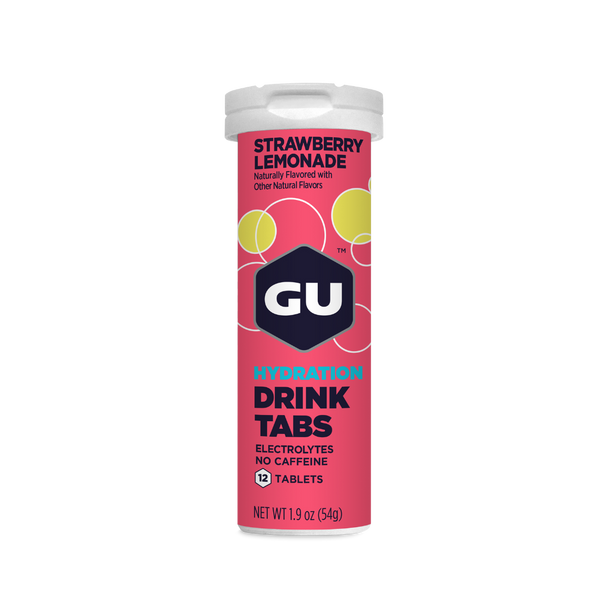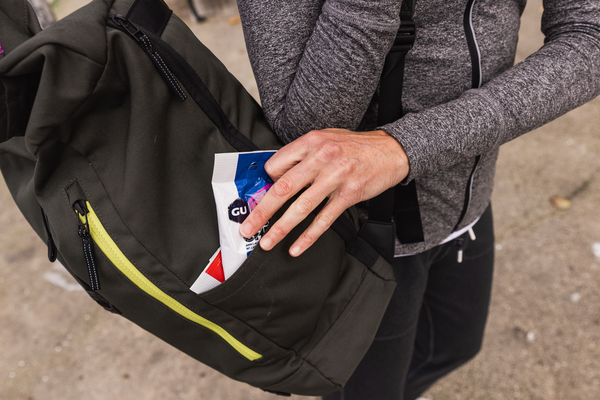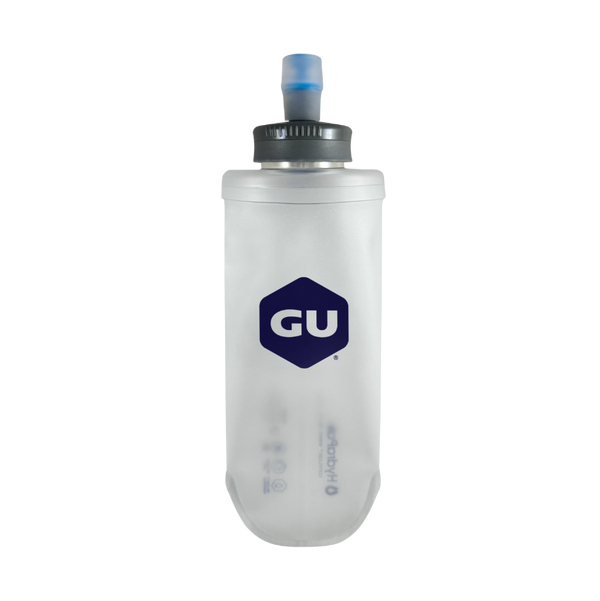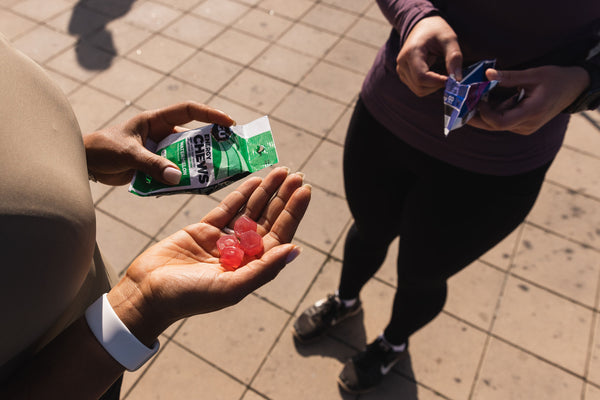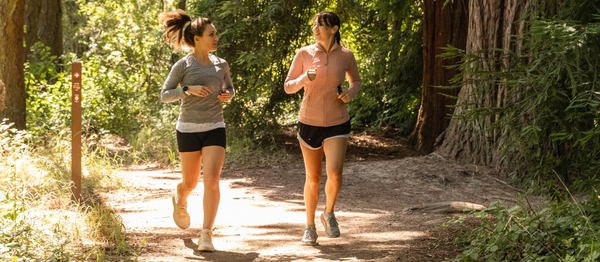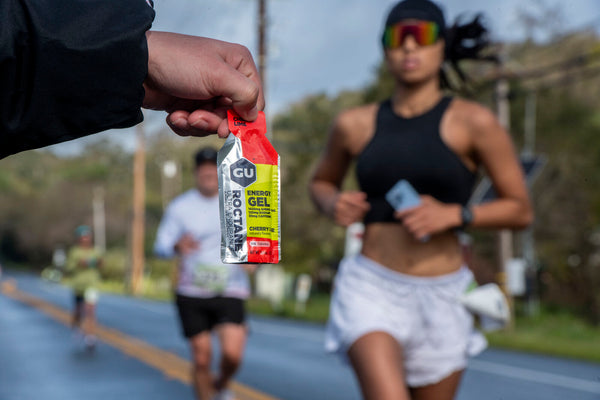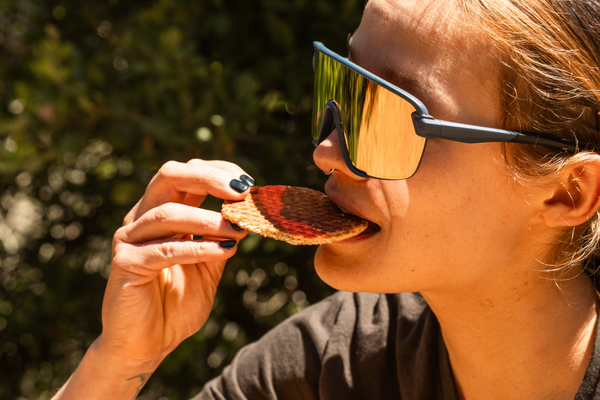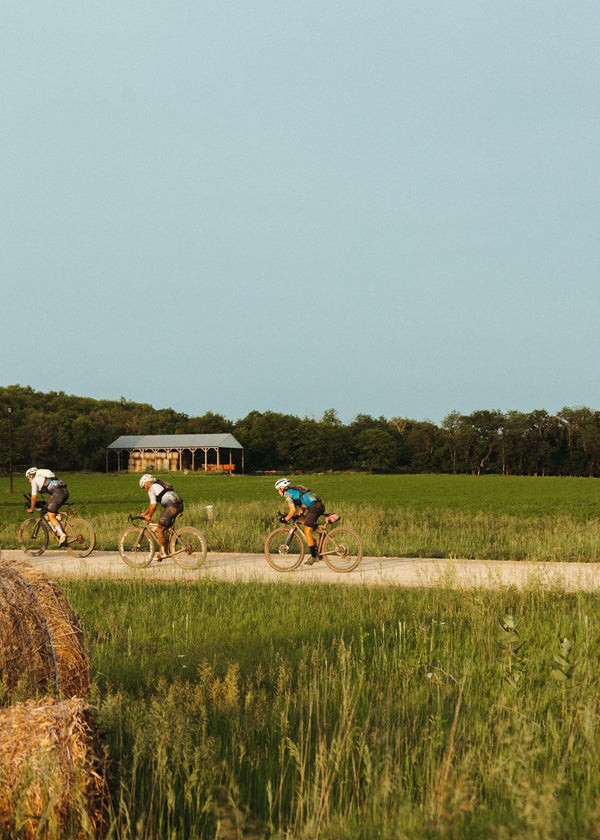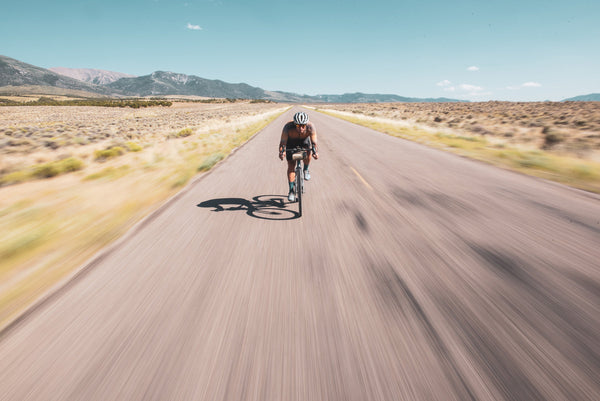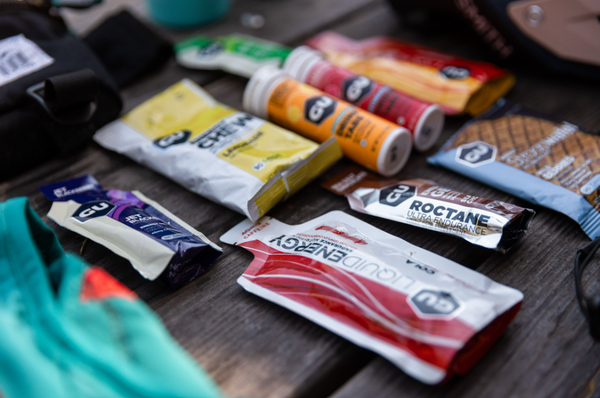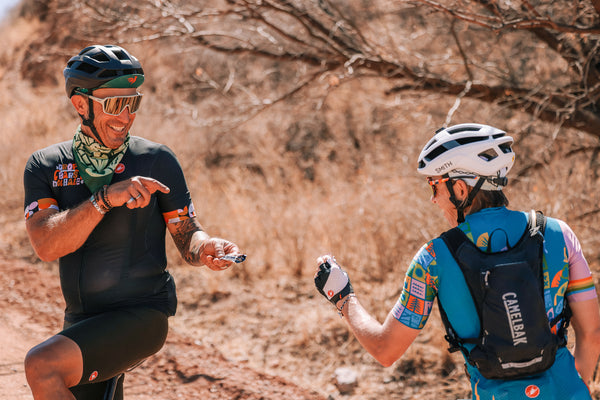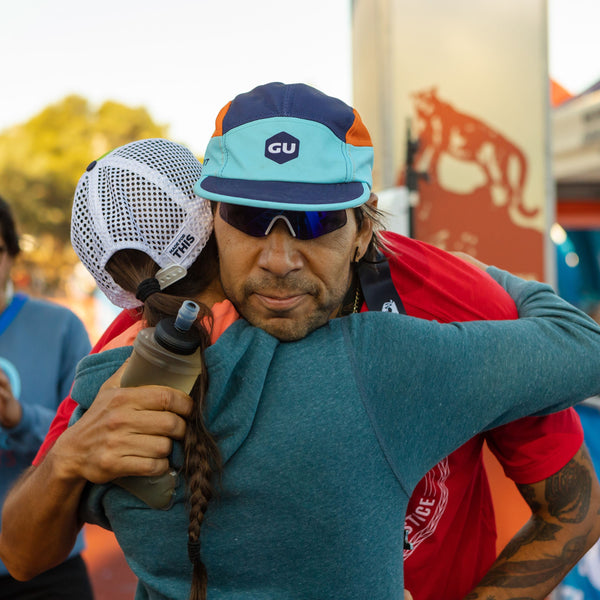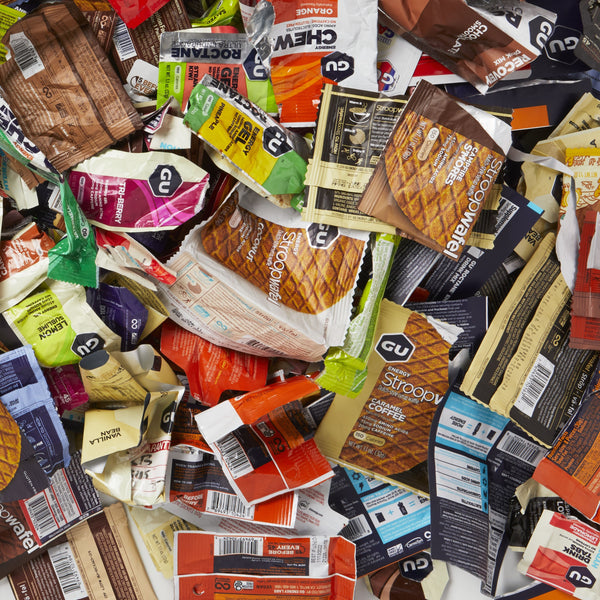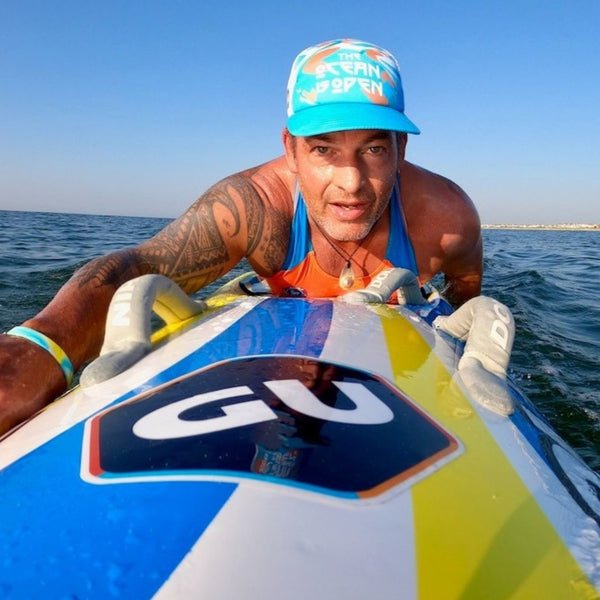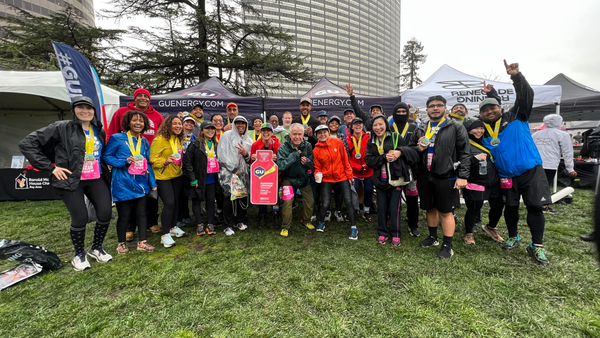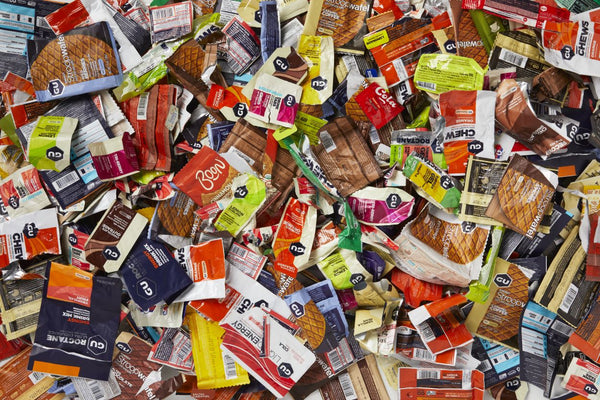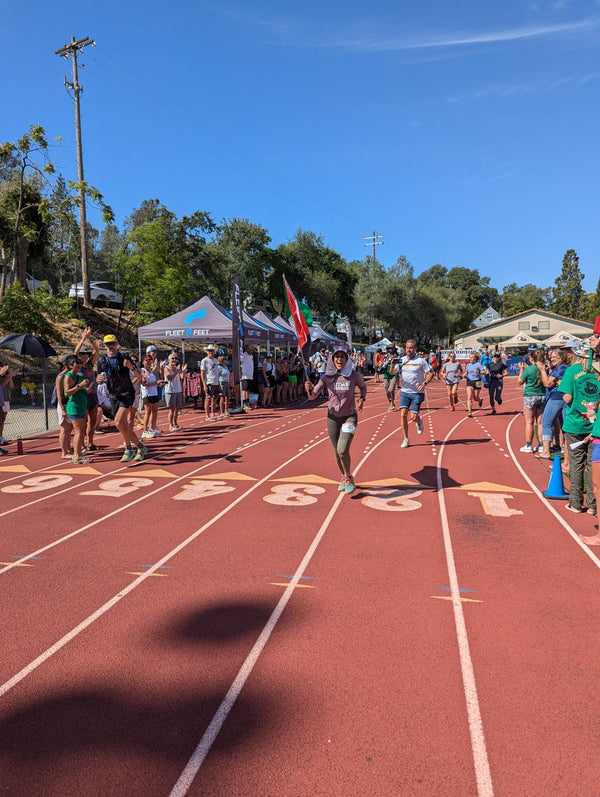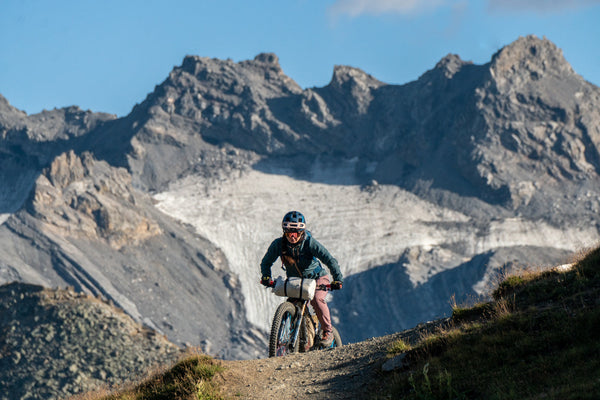Planning to run, ride, train, or compete outside during the summer months? If so, it’s a good idea to implement a heat management plan if you want to feel and perform your best. Heat management tactics come in many forms. If you don’t know where to start, look no further.

PLAYING THE LONG GAME: HEAT TRAINING
Heat training reduces strain on the cardiovascular system, improves thermal comfort and exercise performance, and reduces the risk of developing exertional heat illness during exercise in hot/humid conditions.
For most of us, 1-2 weeks of daily heat exposure during training sessions of about 90 minutes are required, but shorter sessions of about 60 minutes can be used if you have more time (2-4 weeks, or more) to gradually acclimate. Heat adaptation is specific to the type of heat stress (dry versus humid heat) and the exercise intensity, so the best thing you can do is try to simulate the conditions you’ll be facing come race day.
What’s the difference between acclimatization and acclimation?
- Acclimatization occurs in response to a natural (warm/hot/humid) environment. For example, training outside in the summer months to later perform in similar conditions.
- Acclimation occurs in a simulated warm/hot/humid environment, such as a heat chamber (commonly used during research studies), sauna, etc.
METHODS
1. Active
- Exercising, including hot yoga in a heated room
- Training outdoors or indoors wearing extra layers
2. Passive (resting)
- Sauna, dry or steam 20-30 min session, ideally immediately post-exercise
- Hot tub/hot bath 20-40 min duration, ideally post-exercise, typically in water ~104°F (or as hot as tolerable), submerged up to the neck

HEAT MANAGEMENT STRATEGIES: BEFORE AND DURING EXERCISE
- Use ice towels, ice vests, ice socks, or ice packed in garments
- Try a facial spray, douse your head and torso with ice water, or use cooling fans
- Wear light-colored, loose-fitting clothing, made of breathable/moisture-wicking fabrics
- Use sun protection (hat/visor, sunglasses, etc.)
- Drink cold fluids/slushies before and/or during activity in hot/humid conditions to help keep core body temperature lower for longer.
- Cold water immersion is considered the most effective pre-cooling strategy, which can delay the rise in core temperature during exercise in the heat, helping athletes feel cooler and perform better. The goal is 10-20 minutes in 15-22°C (~60-75°F) water just before activity

HYDRATION
We lose more electrolytes in the summer heat, and the addition of humidity leads to even more electrolyte loss.
Here’s an easy trick to determine whether or not you are drinking enough by calculating your sweat rate is:
- Weigh yourself before you exercise
- Weigh yourself after 1 hour of exercise (towel off any sweat first)
- Record how much you drank during your workout
- Calculate your hourly sweat rate with this formula:

